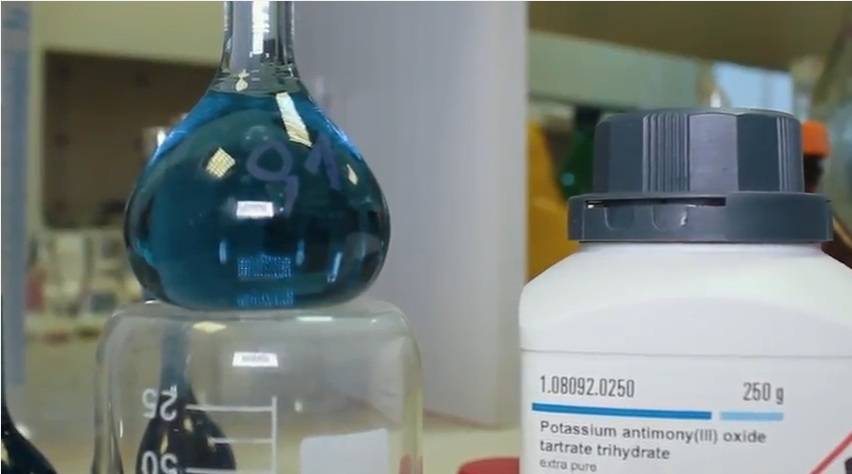Chemical waste water, containing phosphates, is environmentally hazardous.
Most facilities use one of the two phosphate removal techniques:
- Chemical removal using various reagents;
- Sorption.
Purification during the production process is inefficient. It must be performed in several stages and takes a long time, for instance, decontamination in reactors takes as long as 30 minutes.
We have researched the process of removing phosphates from wastewater by the AVS vortex layer magnetic mill. We studied the influence of treatment duration and pH of the medium on the degree of decontamination, determined the optimal ratio of reaction components, processing rate of the mill and the influencing factors, as well as optimal process conditions.
Converting phosphates into water insoluble compounds occurs in one stage. The duration of treatment in the AVS is 1-3 seconds.
The substance used for the research was industrial waste water with 4 500 mg/l phosphate concentration, рН of 4.0, 10 % lime milk, processed for 1 to 3 seconds in the mill, , reagent consumption of 70–120 % of stoichiometric, рН of the waste water during processing in the range of 4.0 to 12.0. The content of phosphate in waste water was determined by phosphate photo colorimetric method. Test results are presented in tables below. The research in industrial conditions was performed using a pilot unit, in which wastewater from the production process were first supplied to equalizing reservoir, while prepared lime milk was supplied to a consumption tank.
The research into decontamination of wastewater in the AVS has shown that magnetic mill is more efficient compared to equipment currently used for this purpose.
Converting phosphates into water insoluble compounds occurs in one stage. The duration of treatment is 1-3 seconds. The reagent used is lime with 5-10% excess calcium oxide of the theoretically required amount. Using the AVS for wastewater contamination allows to reduce the consumption of reagents and power, decreases equipment footprint and improve the quality of decontamination process.
The process in the AVS mill occurs in one stage, therefore equalized wastewater is pumped directly into the AVS together with lime milk from the consumption tank. Both components are intensively mixed, dispersed and subjected to electromagnetic field in the AVS, then pumped to settling tanks for clarification. The flow rate of wastewater and lime milk is monitored by flow meters, acidity of the wastewater is controlled by pH meters. The research allowed to identify optimal conditions and efficiency of wastewater purification. The results are presented in tables 1 and 2.
Table 1
The impact of the cost milk of lime on the officiency of wastewater (ferromagnetic elements: steel, d = 1, 6 mm, l = 16 mm, m = 175 g, τ = 3 sec)
|
Residual concentration of hazardous substances, mg/dm3 |
Consumption of lime milk (СаО) of the theoretical requirement,% |
|||||
|
70 |
80 | 90 | 100 | 110 |
120 |
|
| Phosphates (Р2О5) |
1290,0 |
750,0 | 8,4 | 0 | 0 |
0 |
Table 2
AVS treatment and efficiency of wastewater processing
|
Initial parameters |
Wastewater parameters after treatment |
|||
|
Wastewater |
Lime milk |
|||
|
рН |
Р2O5, mg/dm3 | СаО, % | рН |
Р2О5, mg/dm3 |
|
3,65 |
2 100 | 105 | 7,6 |
32 |
|
3,65 |
2 250 | 105 | 8,2 |
8 |
|
5,9 |
3 200 | 105 | 9,2 |
0 |
|
3,0 |
6 500 | 105 | 11,5 |
0 |
|
3,0 |
5 100 | 110 | 11,6 |
0 |
|
3,95 |
5 000 | 110 | 9.3 |
0 |
|
3,95 |
5 050 | 110 | 8,6 |
0 |
|
3,95 |
5 050 | 110 | 10,0 |
0 |

